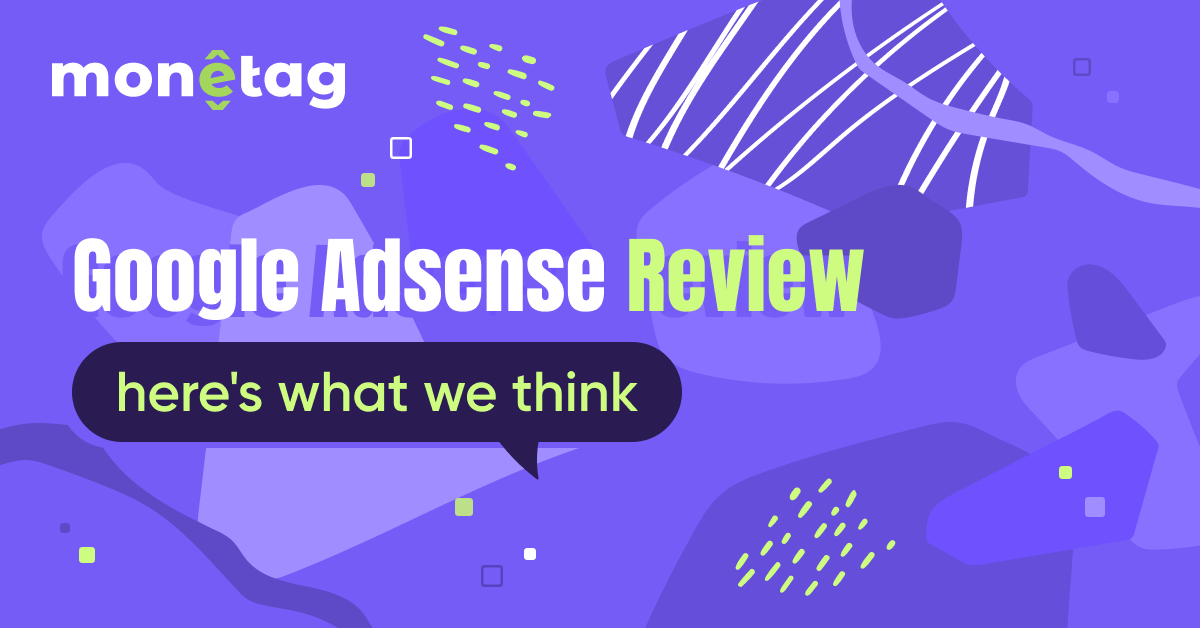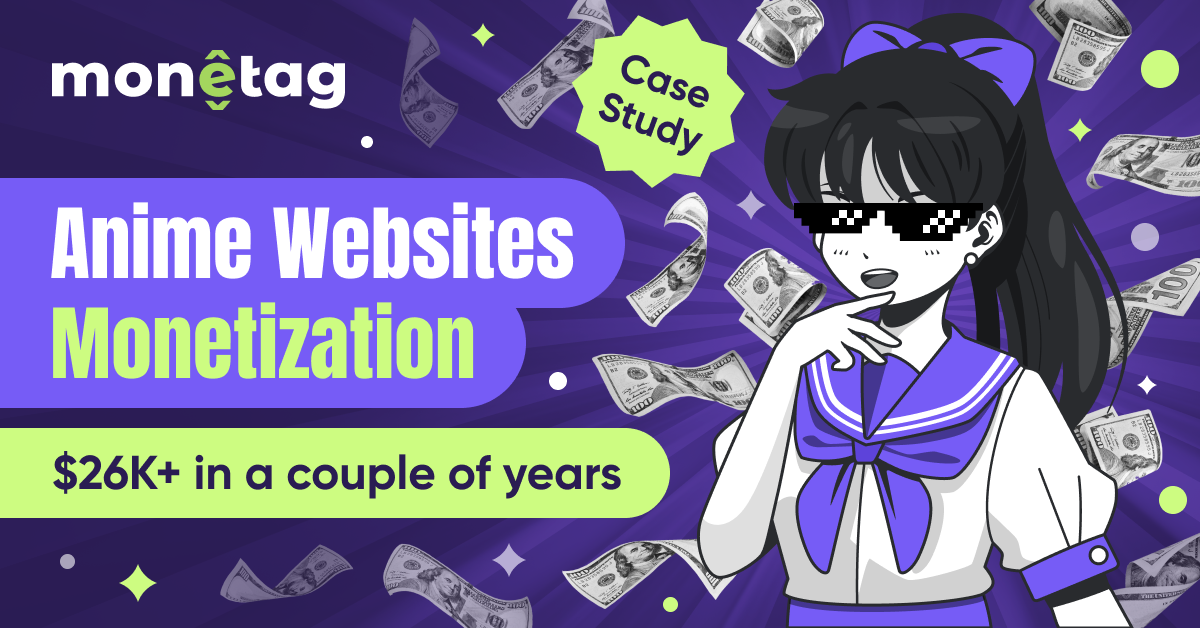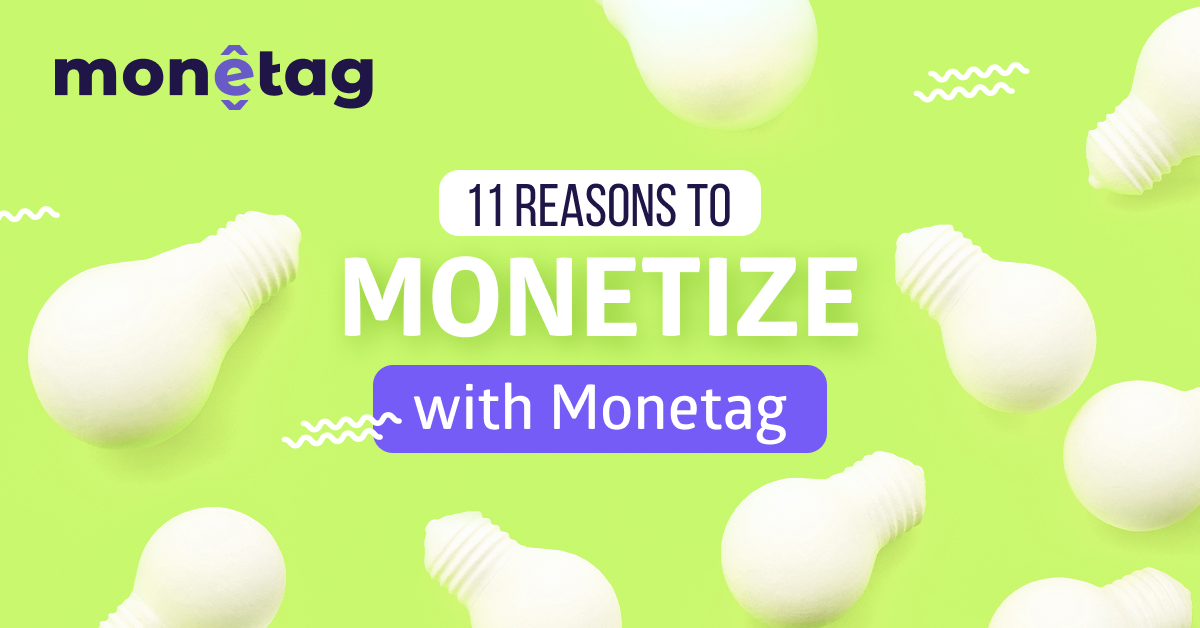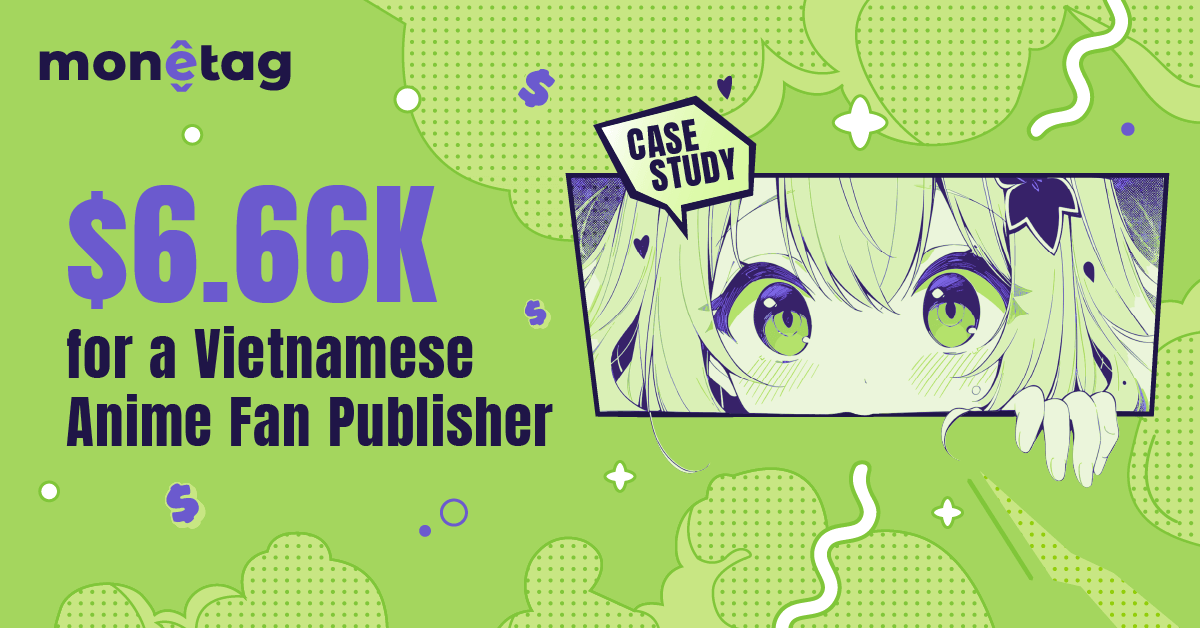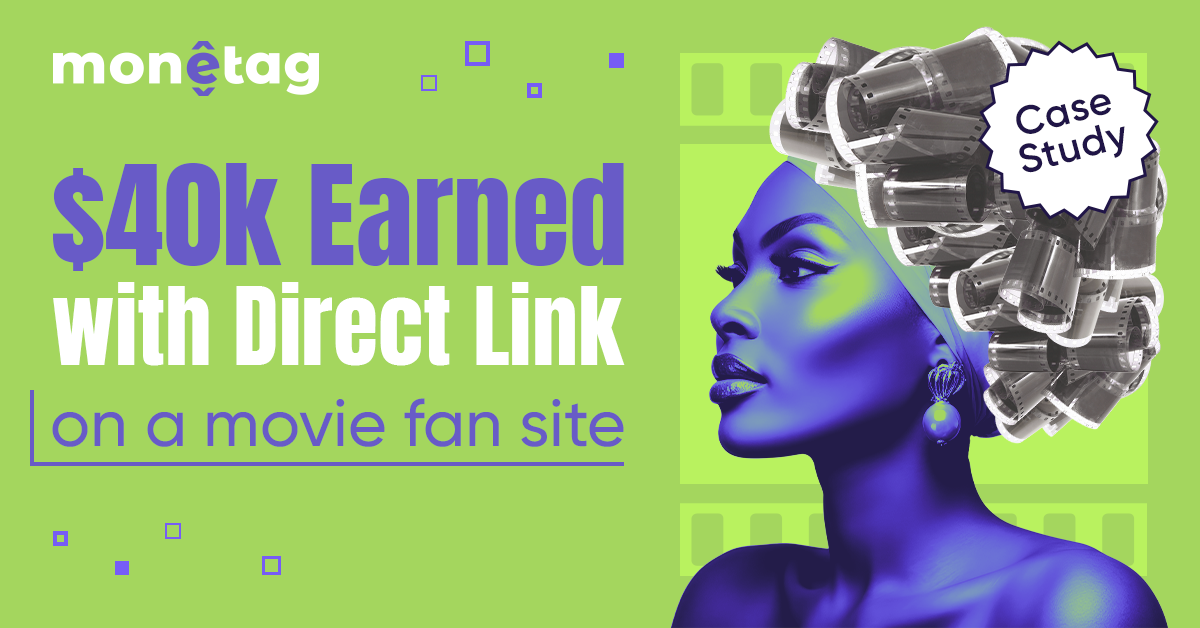Why Google AdSense Isn’t Enough: Top Alternative Ad Networks
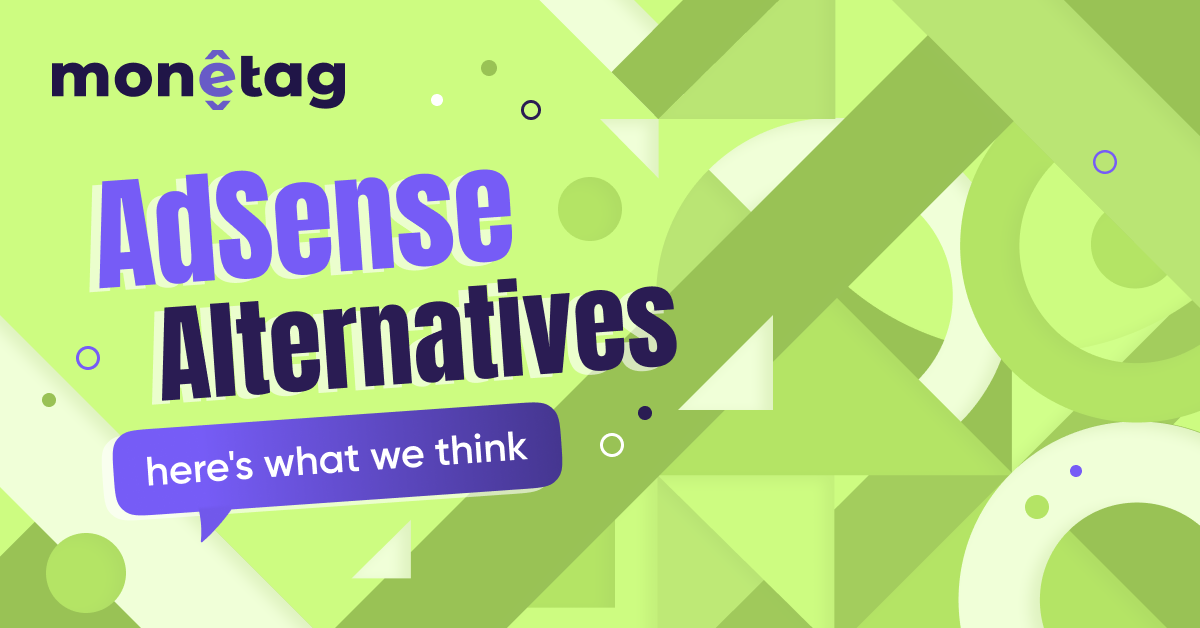
You know what? If you’ve ever tried to make money from your website, you’ve definitely heard of Google AdSense. It’s like the gold standard of online advertising – those text and display ads that show up on millions of websites around the world. AdSense has been the go-to choice for publishers since 2003, and for good reason.
So what is Google AdSense? Think of it as Google’s way of sharing their massive advertising revenue with website owners. When people search on Google, they see ads. When they visit your website, they can see those same ads, and you get paid when visitors click on them. It’s a simple concept that has made millions of publishers money over the years.
Here’s the thing, though. Just because AdSense is popular and trusted doesn’t mean it’s perfect for everyone. Lots of website owners start looking for other options when they run into these common problems:
- Getting approved is getting harder every year. Google has become incredibly picky about which websites can join AdSense. Many perfectly legitimate sites get rejected for unclear reasons, leaving publishers frustrated and looking for alternatives.
- The money isn’t what it used to be. AdSense rates have been declining for years as more publishers compete for the same advertiser budgets. Many publishers find they’re earning less per click than they did just a few years ago.
- One strike and you’re out. Google can suspend or ban AdSense accounts with little warning, often for policy violations that publishers didn’t even know they were making. Losing your AdSense account can be devastating if it’s your main income source.
- Limited control over ads means you can’t always choose what appears on your site. Sometimes the ads don’t match your content or audience, leading to lower click rates and earnings.
If you’re running a blog, news site, or any kind of website, these limitations can seriously impact your ability to make money online. The good news is there are plenty of other ad networks out there that might work better for your specific situation.
Summary of Google AdSense alternatives
| Service | Why choose over AdSense | Things to consider | Best for |
| Monetag | Less strict approval, weekly $5 payouts | Strong for international traffic, easy setup | Small and medium sites, social media publishers |
| Media.net | Yahoo/Bing ads, contextual targeting | Requires very high-quality content, US/UK traffic | Content-rich sites |
| Ezoic | AI optimization, no traffic requirements | Learning curve, layout changes | Growing websites |
| Mediavine | High-quality ads, good support | 50k+ monthly sessions required | Lifestyle and content sites |
| Infolinks | In-text advertising, easy integration | Lower revenue potential | Text-heavy sites |
1. Monetag: The best Google AdSense alternative overall
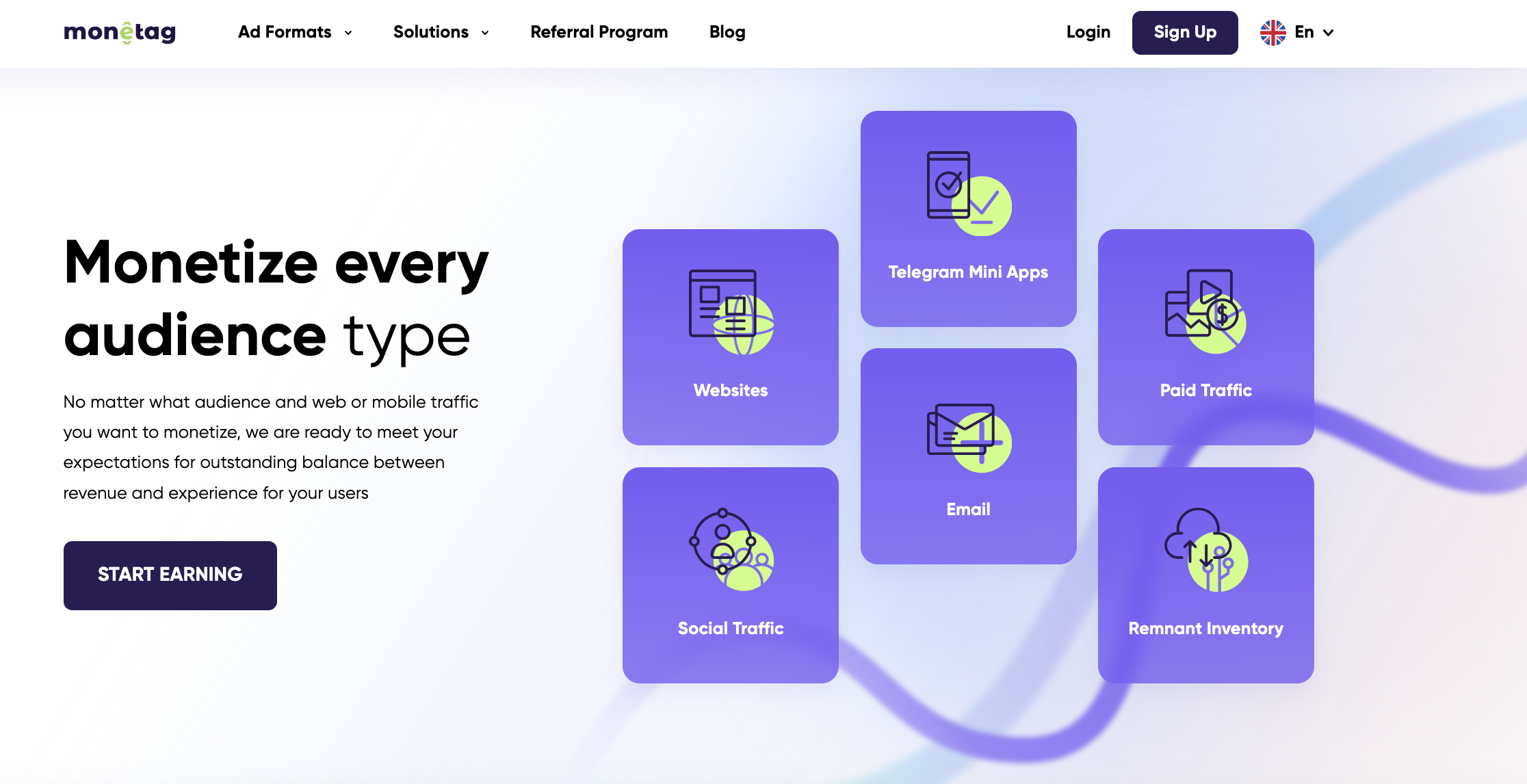
When people ask about alternatives to AdSense, Monetag is usually the first recommendation that comes up. There’s a really good reason for that: they solve most of the problems that frustrate publishers about AdSense, especially the approval headaches and payment delays.
Why choose over AdSense?
The biggest difference is getting started. While AdSense might reject your application for mysterious reasons, Monetag welcomes almost any legitimate website. You don’t need perfect content, thousands of visitors, or months of waiting to start earning money from your site.
They offer way more flexibility in ad formats too. Instead of just the standard display and text ads, you get push notifications, popunders, vignette banners, smartlinks, in-page push. This variety means you can test different approaches and find what works best for your specific audience.
The payment system is incredibly publisher-friendly. You can get paid weekly starting from just $5, which is a huge improvement over AdSense’s monthly payments with higher minimums. For small publishers or those just starting out, this quick access to earnings makes a real difference.
Monetag also works great with international traffic. While AdSense heavily favors visitors from Tier-1 countries like the US and UK, Monetag has advertisers from worldwide. Whether your visitors come from India, Brazil, or anywhere else, you’ll still make decent money.
They take fraud protection seriously, scanning every campaign for malware and suspicious activity. This protects both you and your visitors, building trust that leads to better long-term earnings. The setup process is straightforward with multiple integration options, so you don’t need technical expertise to get started.
So, to sum up:
- Easy start
- Many ad formats
- Quick payments from just $5
- All countries accepted
- Serious fraud protection and clean ad feed
Who Monetag is best for?
If AdSense has rejected your application or you’re worried about getting approved, Monetag is probably your best alternative – of course, if you have a legit, high-quality site. They’re also perfect for sites with international audiences that don’t perform well with AdSense’s US-focused advertising. New publishers who want to start earning quickly instead of waiting months for approval find Monetag incredibly refreshing. And, publishers without websites – just social media with big traffic flow – can also join and get the most out of Monetag smartlinks.
Real results from publishers
Here is some evidence of the results publishers reach with Monetag:
2. Media.net

Media.net is probably the closest thing you’ll find to a direct AdSense competitor. They’re powered by Yahoo and Bing’s advertising network, which means they have access to high-quality advertisers and can offer competitive rates for the right kind of traffic.
Why choose over AdSense?
The contextual ad targeting is excellent, often matching your content better than AdSense does. Since they’re focused on search advertising from Yahoo and Bing, the ads tend to be highly relevant to what your visitors are actually looking for.
Revenue potential can be higher than AdSense, especially for sites with good US and UK traffic. Publishers often report higher click-through rates because the ads are more relevant and better integrated with their content.
They offer more control over ad appearance and placement compared to AdSense’s strict formatting requirements. You can customize colors, sizes, and positions to better match your website design.
The approval process, while still selective, tends to be more transparent than AdSense. When they reject applications, they usually provide clearer reasons, making it easier to fix issues and reapply.
Who Media.net is best for?
Content-rich websites with primarily English-speaking audiences often see excellent results with Media.net. News sites, blogs, and informational websites that produce high-quality content and get most of their traffic from the US or UK are ideal candidates.
3. Ezoic

Ezoic takes a completely different approach from traditional ad networks. Instead of just serving ads, they use artificial intelligence to optimize everything about your website’s advertising, from ad placement to loading speed to user experience.
Why choose over AdSense?
The AI optimization means your ads get better over time without you having to do anything. Ezoic tests different ad placements, sizes, and types automatically, finding the combination that makes you the most money while keeping visitors happy.
There are no traffic requirements to get started, unlike many premium networks that want you to have thousands of visitors before they’ll consider you. This makes Ezoic accessible to smaller publishers who are still growing their audience.
They offer additional tools beyond just advertising, including site speed optimization, analytics, and even web hosting. It’s like getting a complete website optimization service, not just an ad network.
Revenue potential is often higher than AdSense because they’re not limited to Google’s advertisers. Ezoic works with multiple ad exchanges and networks, creating more competition for your ad spaces.
Who is Ezoic best for?
Growing websites that want to maximize their advertising revenue without constant manual optimization love Ezoic’s automated approach. Publishers who are comfortable with technology and want detailed analytics about their site’s performance find the additional tools valuable.
4. Mediavine
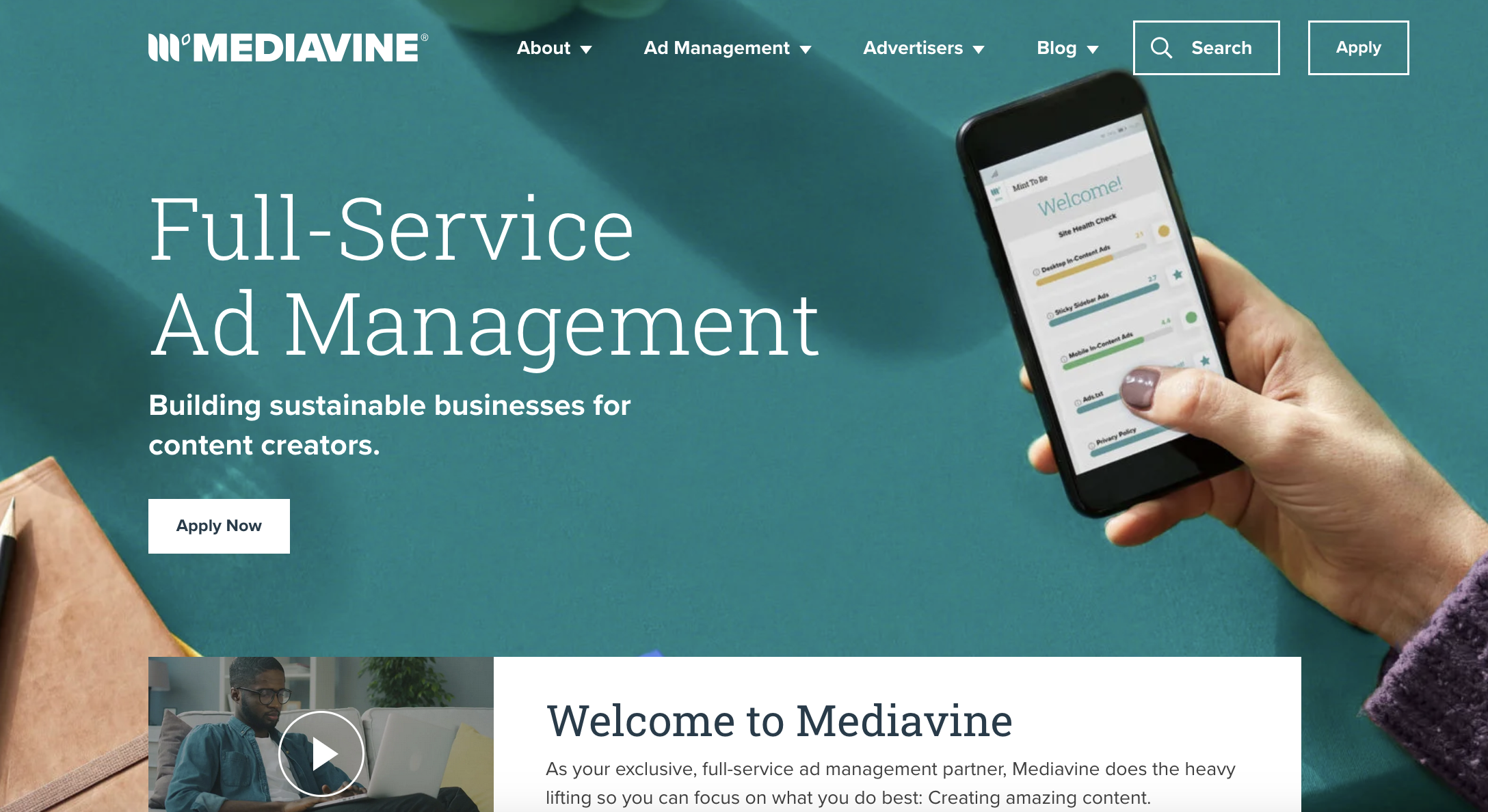
Mediavine offers many of the benefits of premium networks while being more accessible to growing publishers.
Why choose over AdSense?
The traffic requirement is more reasonable at 50,000 monthly sessions, making it achievable for growing websites that aren’t quite ready for AdThrive’s requirements.
They focus heavily on user experience, ensuring ads don’t hurt your site’s loading speed or search engine rankings. This balance between monetization and site performance is often better than what publishers achieve with AdSense.
Video content integration is excellent, with high-paying video ads that can significantly boost earnings for sites that produce or feature video content.
The approval process is thorough but fair, with clear guidelines about what they’re looking for and constructive feedback when applications are declined.
And, the requirements:
- The application process includes a waiting period while they review your site thoroughly. This can take several weeks, unlike AdSense’s quicker approval process.
- They have strict content guidelines and prefer family-friendly websites. Some niches that work with AdSense might not be suitable for Mediavine’s advertiser requirements.
- There’s an exclusive relationship requirement, meaning you can’t use other display ad networks alongside Mediavine once you’re accepted.
Who is Mediavine best for?
Content creators in lifestyle niches like food, travel, parenting, and home improvement often see great results with Mediavine. Websites that produce engaging, family-friendly content and have steady, growing traffic are ideal candidates.
5. Infolinks

Infolinks offers something completely different from traditional display advertising. Instead of banner ads, they monetize the text content you’ve already created by turning relevant words and phrases into clickable ads.
Why choose over AdSense?
The in-text ads don’t take up additional space on your website, unlike banner ads that require dedicated placement areas. This means you can use Infolinks alongside AdSense or other networks without competing for the same screen real estate.
Installation is simple – just add their code to your site and they automatically identify relevant text to monetize. There’s no need to create ad placements or optimize positioning.
They work well with content-heavy websites that have lots of text but limited space for traditional banner ads. Blog posts, news articles, and informational pages are perfect for in-text advertising.
The approval process is straightforward and they accept most legitimate websites regardless of traffic level.
Who is Infolinks best for?
Content-heavy websites that want to monetize existing text without adding more visual advertising often find Infolinks useful as a supplementary revenue source. Publishers who are already using AdSense or other networks can add Infolinks for additional income without major layout changes.
Final thoughts
Let’s be honest – Google AdSense isn’t disappearing anytime soon. Tons of website owners still make money through Google AdSense because it works well, pays fairly, and plays nice with all the other Google tools you’re probably already using. But here’s the thing: just because it’s popular doesn’t mean it’s your only option.
Maybe you’re tired of AdSense’s picky approval process. Maybe you want to earn more from your hard work. Or maybe you just want a backup plan in case something goes wrong with your AdSense account. Whatever your reason, there are real alternatives out there that can work for you.
Here’s what smart publishers do: they don’t put all their eggs in one basket. Try out a few different ad networks that fit your site and audience. Test them out, see what works best, and build multiple income streams instead of depending on just one company for all your ad revenue.
